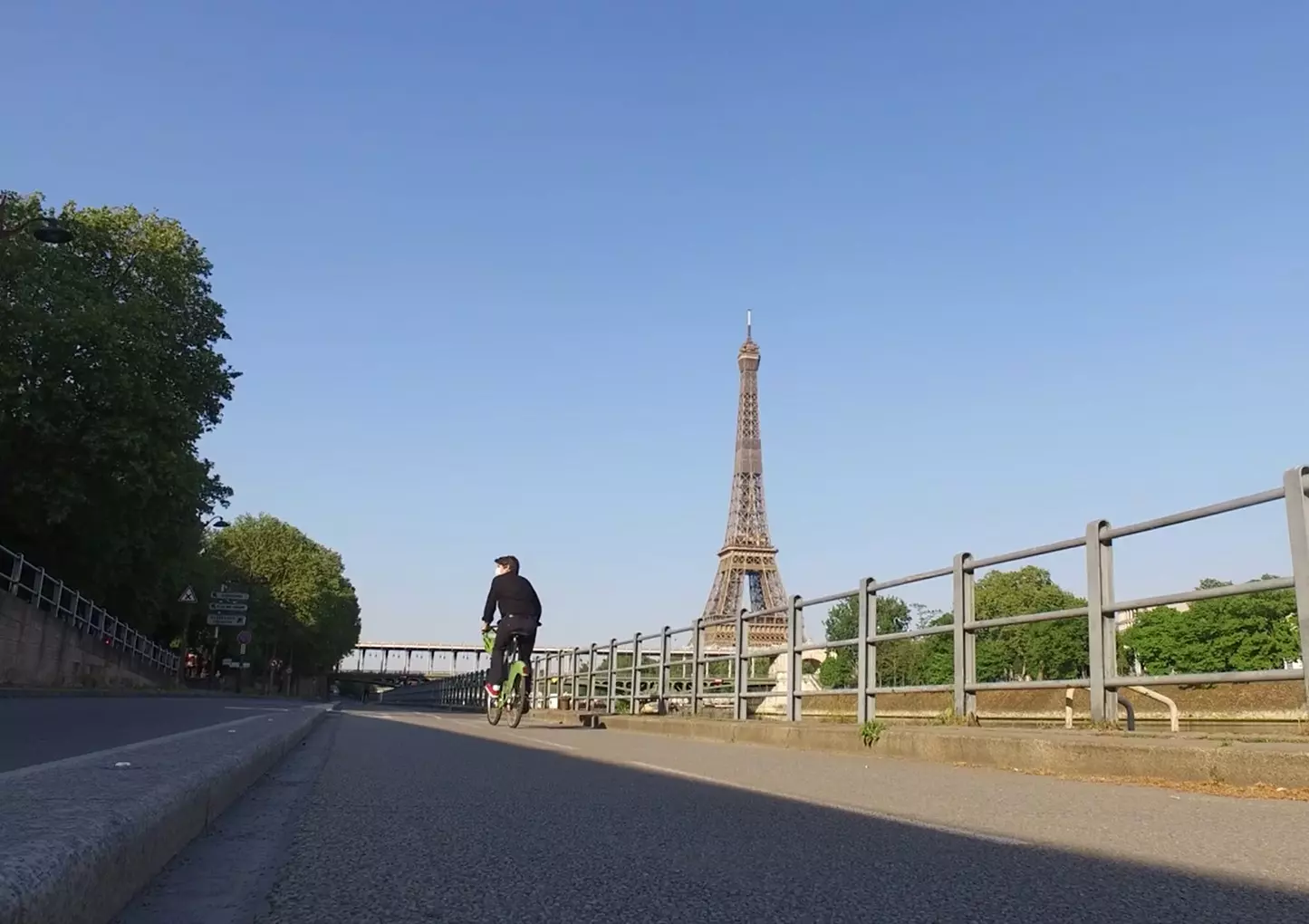It is a distributed capillary system that is preparing to govern urban agglomerations in the near future. The "Fifteen-Minute City” model, where homes, offices, schools, stores, and services are present in every neighbourhood and can be reached through movements of a quarter of an hour from one other, wins praise from residents and administrators. The most innovative among them are already implementing it, dealing with the difficulty of adapting an abstract plan to local specifications. Convinced, however, that climate adaptation strategies, which can no longer be procrastinated, can only come through a scaling down of daily mobility. This mobility is focused on walking, bicycling and upstream efficient public transportation.
"The pace of these cities is tailored for people - not for cars," says Carlos Moreno, an internationally renowned French-Colombian academic who first theorised with the "Ville du quart d'heure" the concept of a multipolar city, capillarised in the distribution of its infrastructure and services. In the fifteen-minute city, "every square metre of available space is used in multiple ways. Neighbourhoods are designed so that you can live, work and receive your daily services - without being constantly on the road."
And it was indeed Paris, the city where Moreno teaches, that first espoused this new urban planning model. Mayor Anne Hidalgo, who has deemed ecology one of her main thrusts, has made it official that she will adopt the ville du quart d'heure as of her second term, working on mobility as a priority. From the creation of 1,094 kilometres of bike lanes, to the pedestrianisation of the boulevards on the Seine, to the elimination of parking lots and lanes designated for cars, to the new 30km/h limit throughout the city except for a few thoroughfares - the life of the motorist in Paris is now being put to the test. The results, accelerated by Covid, are beginning to be seen: only one in three Parisians owns a car, while electric bikes are spreading at a forced pace (a 47% increase in average use of the bike lanes, with a 45% increase in cyclists "post-Covid"). And there's more: with its 2021-2026 bicycle plan (budget 250 million euro), the French capital aspires to create another 180 km of bike lanes.
In Europe, another major green-minded metropolis, Barcelona, has accelerated the adoption of the fifteen-minute city model. The path taken by the Catalan city is that of the Superblock or Superille: a meta-island, agglomeration of about 400 metres on each side, where passage of cars is radically reduced and pedestrianisation has been extended within the entire mega-block. Freed from cars, the street rediscovers itself as a place of sociality and access to neighbourhood services. Cars are allowed only for specific segments of the population, such as the elderly and disabled. Launched in pilot trials starting in 2013 and concentrated in the L'Eixample area, the superblocks have already proven their effectiveness on the health front, with an estimated 700 premature deaths avoided through improved air quality. In addition, new prospects are also opening up on the economic development side: increased pedestrian passage encourages the use of street surfaces for the creation of new businesses. Updated to 2024, the municipal plan now looks at the implementation of 503 large blocks in which pedestrianisation will be accompanied by a radical reduction in on-street parking. And as the city changes, citizens seem to like it: in fact, 90% of Barcelona’s residents favour pedestrianisation.
Outside Europe, where sprawl is the norm, the city centre does not exist and car use is an unavoidable necessity, the fifteen-minute city model is adapted to specific contexts. In Portland, given the extent of the urban fabric, Moreno's model is dubbed the "twenty-minute city". In 2009, only 6% of the population could count on proximity conditions with stores and services. To address this limitation, the administration has implemented a new densification policy with its Climate Action Strategy, dedicated to adaptation to climate change. The goal is ambitious: to make sure that by 2030 90% of the citizens will be able to walk or cycle for all their daily needs. To make the plan possible, the Municipality worked to overcome the original fragmentation of the road surface by rehabilitating and constructing footpaths and pavements. With benefits beyond mere CO₂ reduction: a gentle pedestrian and bicycle path encourages movement and fosters informal relationships, as well as stimulating new neighbourhood commerce where cars are no longer allowed.
With so many new barycentres, the city gains in healthiness and becomes more people-friendly. With a wake-up call that frightens those who find in the fifteen-minute model a dangerous risk of retreat, of asphyxiating hyper-localism. A crossroads of transit, the city was created to facilitate exchange at all levels: goods as well as data, culture and energy. In order for dynamism to remain its life force, the challenge is to ensure the efficiency of the medium distance exchange, especially with hubs that remain on the periphery of the system. A holistic intervention, and not decoupled, from the fifteen-minute city model, which is required to level out inequalities by ensuring equal access throughout the city.
